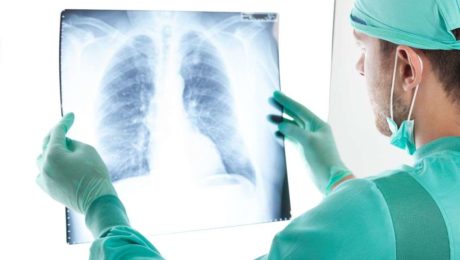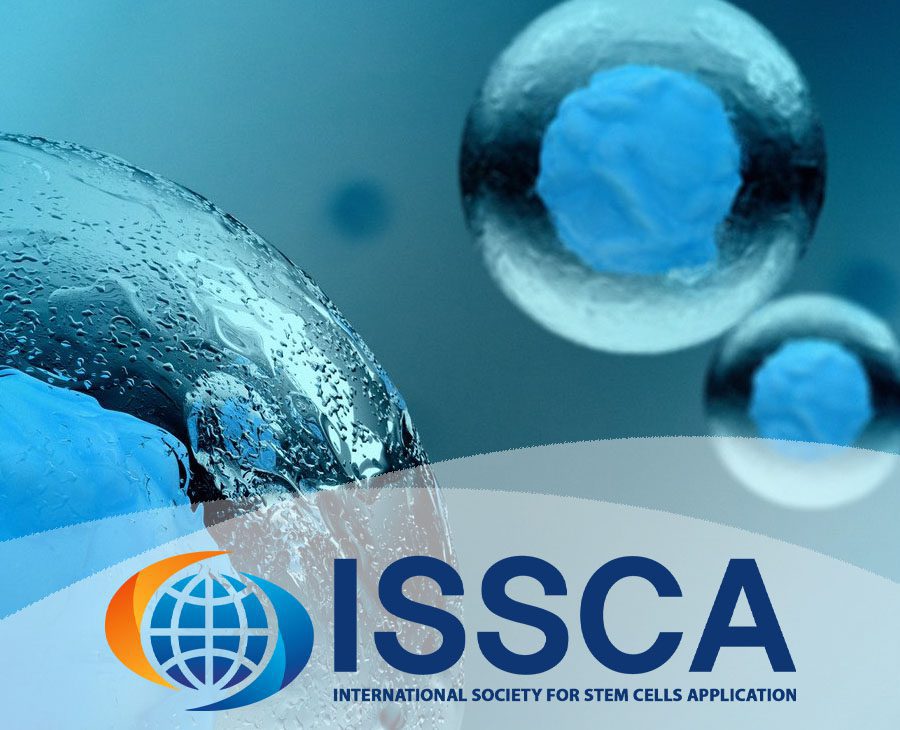Stem Cells are Gaining Momentum Among Smart Investors
Stem cell and regenerative medicine companies are beginning to attract some serious attention from investors who have taken the time to follow advancements in biotechnology, and the explosive movement of these technologies and products into clinical settings worldwide. There are a lot of dynamics in health care today, and no one should be surprised by
- Published in Blog
Demand for Physicians Who Provide Stem Cell Therapies is Growing
There is a growing movement worldwide among patients suffering from degenerative diseases and orthopedic conditions that can’t be treated or cured through conventional medicine for access to stem cell treatments. Fed up with invasive and expensive surgeries, destructive procedures and the side effects of pharmaceuticals, more and more patients and their families are seeking access
- Published in Blog
What’s the Skinny on Adipose Stem Cells Derived From Fat?
In this blog, I’ll share some of the results we’ve had using stem cell therapies in different ways to show you how you can utilize them in your office or clinic. Let’s start with stem cell treatments for cosmetic regenerative tissue enhancement. The procedure starts with taking fat from one location on the patient’s body
- Published in Blog
Supercharge your Regenerative Medicine Education
Global Stem Cells Group is proud to present our 2016 Edition of our Regenerative Medicine Symposium, to be held in 6 different Cities around the World. This prestigious event will have the presence of a select group of renowned international speakers who will offer a combined day of conferences of high scientific rigor aimed at
- Published in Blog
Essential Steps for Regenerative Medicine Practitioners
Global Stem Cells Group offers a stem cell training course that can help you bring some of our cutting edge regenerative therapies to your practice or clinic. We offer an intensive, hands-on two day training class, show you how to collect fat tissue via our precision mini lipo-aspiration technique, and we walk your through the
- Published in Blog
(Almost) Everything You Wanted to Know About Stem Cells But Were Afraid to Ask
Stem cells have captured the interest of biology nerds, armchair practitioners and everyday individuals for years. Where exactly do they come from and how do they work? When can I have my torn rotary cuff/bum knee /arthritis /(fill in the blank) treated with stem cells? At Global Stem Cells Group, we are making stem cell
- Published in Blog
Could stem cells repair the damaged brain in Alzheimer’s?
Stem cell therapies may hold the cure to Alzheimer’s, although so far that cure has been elusive. People who suffer from Alzheimer’s disease experience disorientation regarding time and place, changes in mood, personality and behavior, memory loss, difficulty solving problems or planning, and difficulty writing or performing other routine and familiar tasks. This progressive and
- Published in Blog
Could stem cells offer the cure for muscular dystrophy?
The term muscular dystrophy (MD) refers to a group of disorders in which a genetic abnormality causes muscles responsible for controlling movement to become weak, and muscle mass to be lost. These inherited disorders usually affect voluntary (skeletal) muscles, although weakness can also extend to the muscles that control respiration and swallowing. Given that the genetic
- Published in Blog
Stem cells may be used for healing damaged lungs
New study published by scientists from the Weizmann Institute of Science suggests that stem cells may be used for repairing damaged lung tissues. This discovery gives new hope for treating conditions like bronchitis, asthma, cystic fibrosis or emphysema, which affect more than 35 million Americans and are the second leading cause of death worldwide.
- Published in Blog
Adult tissues that serve as source for stem cells
Where do adult stem cells come from? Adult stem cells receive a lot of interests in the scientific community, thanks to their ability to self-renew and generate numerous types of cells and tissues. Based on their provenience, stem cells are categorized as embryonic stem cells and adult stem cells. Unlike embryonic stem cells,
- Published in Blog
We may soon be able to heal autoimmune disorders with Stem Cells
Autoimmune disorders are conditions in which the sufferer’s body produces substances that attack the healthy cells of the organism, as it doesn’t distinguish between the healthy tissues and antigens. There are more than 80 types of autoimmune conditions known today, among which diabetes type 1, systemic lupus erythematosus, rheumatoid arthritis, celiac disease, myasthenia gravis and
- Published in Blog
STANFORD RESEARCHERS ISOLATE SKELETAL STEM CELLS THAT GIVE RISE TO BONES AND CARTILAGE
Cartilage and bone deterioration are a common consequence of aging, but poor diet, sedentary lifestyle, excess weight or injury can also result in damaged tissue. Unlike bone tissue, mature cartilage is avascular and doesn’t heal well after injury. Replacement or augmentation surgery is one way to fix a torn joint, but the costs are high
- Published in Blog


